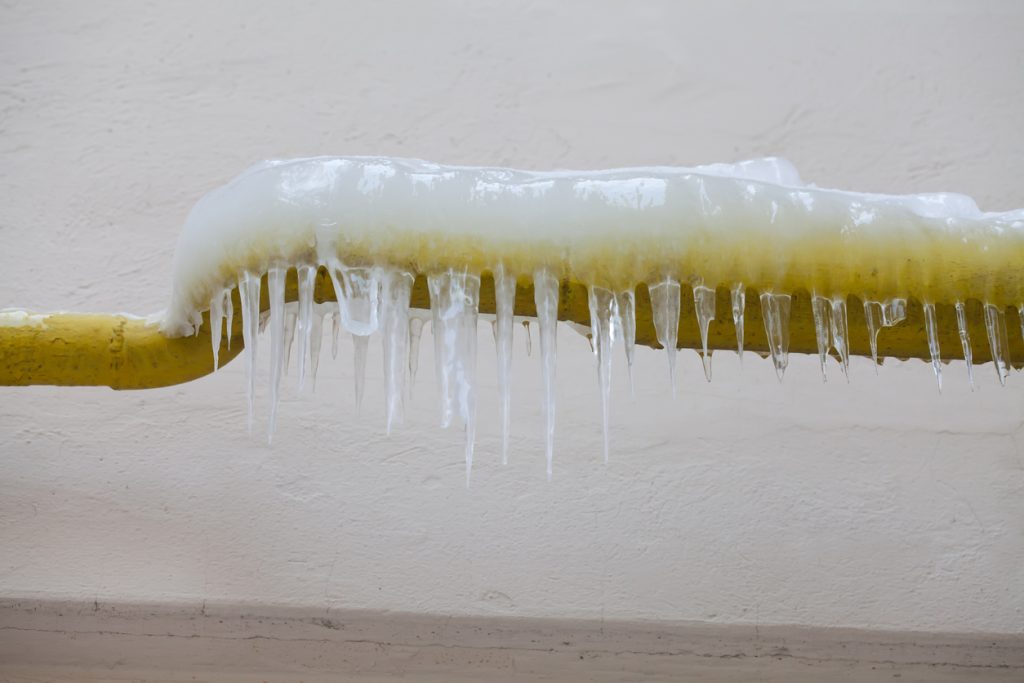Safeguarding Pipes from Freezing Damage: Essential Approaches
Safeguarding Pipes from Freezing Damage: Essential Approaches
Blog Article
What are your opinions concerning Preventing and dealing with frozen pipes?

Cold weather can wreak havoc on your plumbing, particularly by freezing pipes. Right here's exactly how to avoid it from happening and what to do if it does.
Intro
As temperature levels decline, the danger of icy pipes boosts, possibly leading to expensive repairs and water damage. Understanding how to prevent icy pipelines is vital for house owners in cool climates.
Prevention Tips
Shielding prone pipes
Wrap pipes in insulation sleeves or utilize warmth tape to secure them from freezing temperatures. Focus on pipes in unheated or exterior areas of the home.
Home heating strategies
Maintain indoor rooms appropriately warmed, particularly locations with pipes. Open closet doors to enable warm air to circulate around pipelines under sinks.
Just how to recognize frozen pipes
Search for reduced water flow from faucets, uncommon smells or noises from pipes, and noticeable frost on revealed pipes.
Long-Term Solutions
Structural adjustments
Think about rerouting pipelines far from exterior walls or unheated locations. Add added insulation to attic rooms, cellars, and crawl spaces.
Upgrading insulation
Buy top notch insulation for pipes, attic rooms, and wall surfaces. Correct insulation helps preserve constant temperature levels and minimizes the threat of frozen pipes.
Protecting Outside Pipes
Yard hoses and exterior faucets
Detach and drain garden tubes prior to winter season. Mount frost-proof faucets or cover exterior faucets with shielded caps.
Recognizing Icy Pipes
What triggers pipelines to freeze?
Pipes ice up when subjected to temperature levels below 32 ° F (0 ° C) for extended durations. As water inside the pipes ices up, it broadens, taxing the pipeline wall surfaces and potentially causing them to break.
Dangers and problems
Icy pipes can cause supply of water disruptions, home damages, and expensive fixings. Ruptured pipes can flooding homes and cause comprehensive architectural damage.
Signs of Frozen Water Lines
Recognizing frozen pipelines early can avoid them from breaking.
What to Do If Your Pipes Freeze
Immediate activities to take
If you presume frozen pipes, maintain taps open to alleviate pressure as the ice thaws. Use a hairdryer or towels soaked in hot water to thaw pipelines gradually.
Verdict
Avoiding icy pipes calls for aggressive measures and quick feedbacks. By recognizing the causes, signs, and safety nets, property owners can shield their plumbing throughout cold weather.
5 Ways to Prevent Frozen Pipes
Drain Outdoor Faucets and Disconnect Hoses
First, close the shut-off valve that controls the flow of water in the pipe to your outdoor faucet. Then, head outside to disconnect and drain your hose and open the outdoor faucet to allow the water to completely drain out of the line. Turn off the faucet when done. Finally, head back to the shut-off valve and drain the remaining water inside the pipe into a bucket or container. Additionally, if you have a home irrigation system, you should consider hiring an expert to clear the system of water each year.
Insulate Pipes
One of the best and most cost-effective methods for preventing frozen water pipes is to wrap your pipes with insulation. This is especially important for areas in your home that aren’t exposed to heat, such as an attic. We suggest using foam sleeves, which can typically be found at your local hardware store.
Keep Heat Running at 65
Your pipes are located inside your walls, and the temperature there is much colder than the rest of the house. To prevent your pipes from freezing, The Insurance Information Institute suggests that you keep your home heated to at least 65 degrees, even when traveling. You may want to invest in smart devices that can keep an eye on the temperature in your home while you’re away.
Leave Water Dripping
Moving water — even a small trickle — can prevent ice from forming inside your pipes. When freezing temps are imminent, start a drip of water from all faucets that serve exposed pipes. Leaving a few faucets running will also help relieve pressure inside the pipes and help prevent a rupture if the water inside freezes.
Open Cupboard Doors
Warm your kitchen and bathroom pipes by opening cupboards and vanities. You should also leave your interior doors ajar to help warm air circulate evenly throughout your home.

I recently found that post on 6 Ways to Prevent Frozen Pipes while doing research the web. Sharing is good. One never knows, you might be helping someone out. Bless you for being here. Come back soon.
Phone Report this page